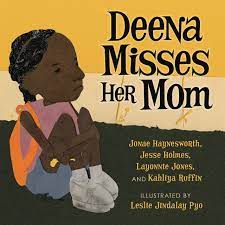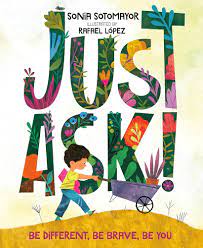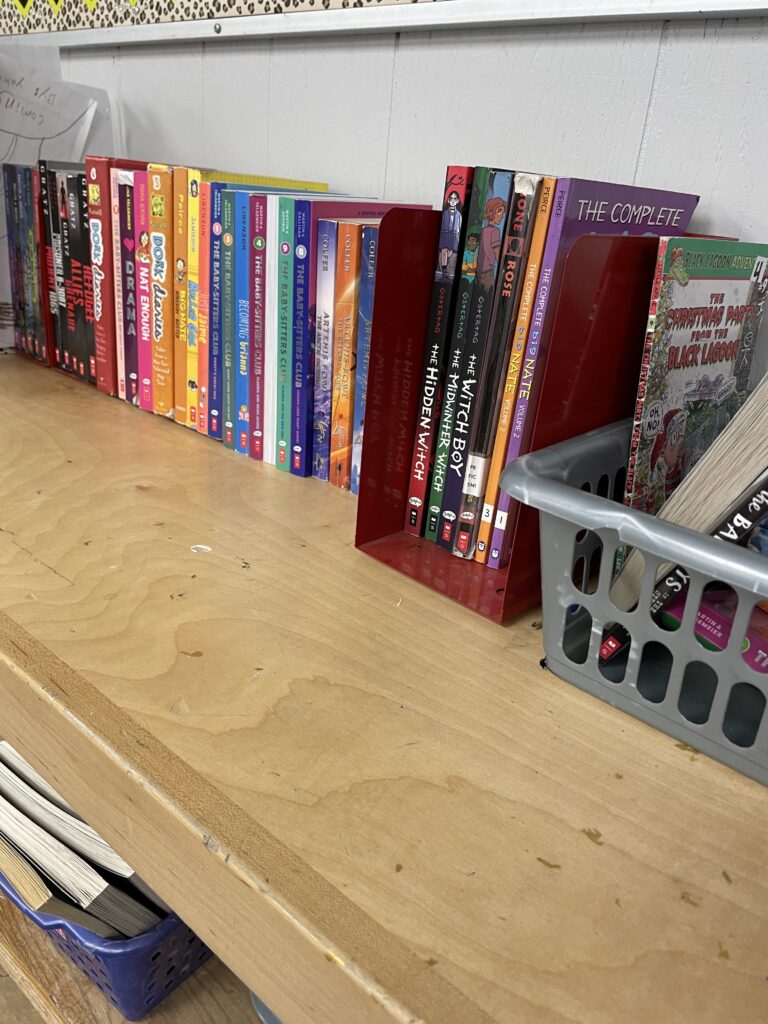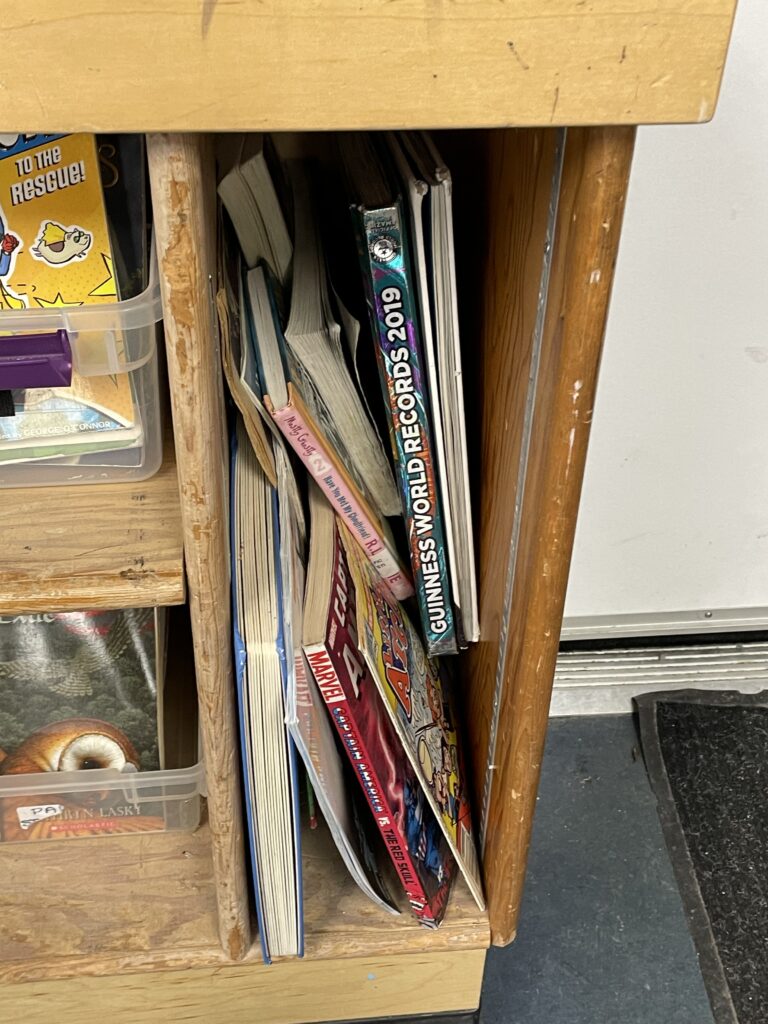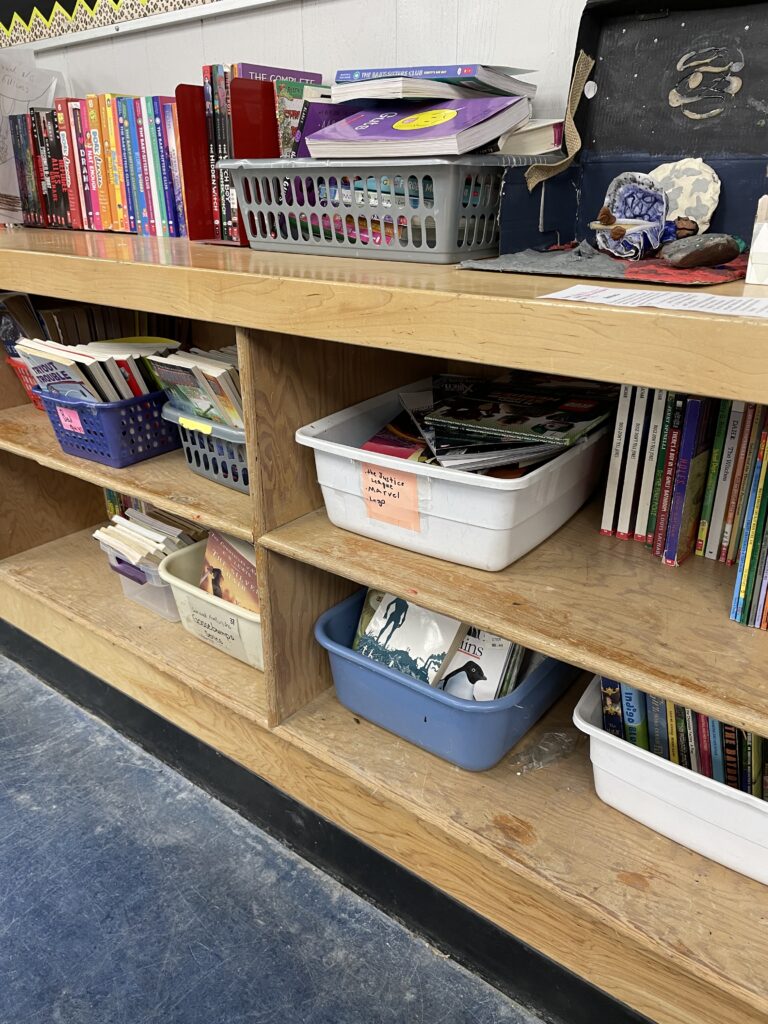Reading AI

Activity description: Reading AI is an app by “Project read” to help students practice phonics. It asks students to read words or sentences and listens for the prononciation. If a student doesnt pronounce the word correctly and clearly then it will ask them to repeat that word until they get it.

Curriculum connections
Big idea: Using language in creative and playful ways helps
us understand how language works
Curricular competency: Use a variety of comprehension strategies before, during, and after reading, listening, or viewing to guide inquiry and deepen understanding of text
Content: Reading strategies – using phonics
Core competency: Critcal and reflective thinking
FPPL: Learning is embedded in memory, history, and story.
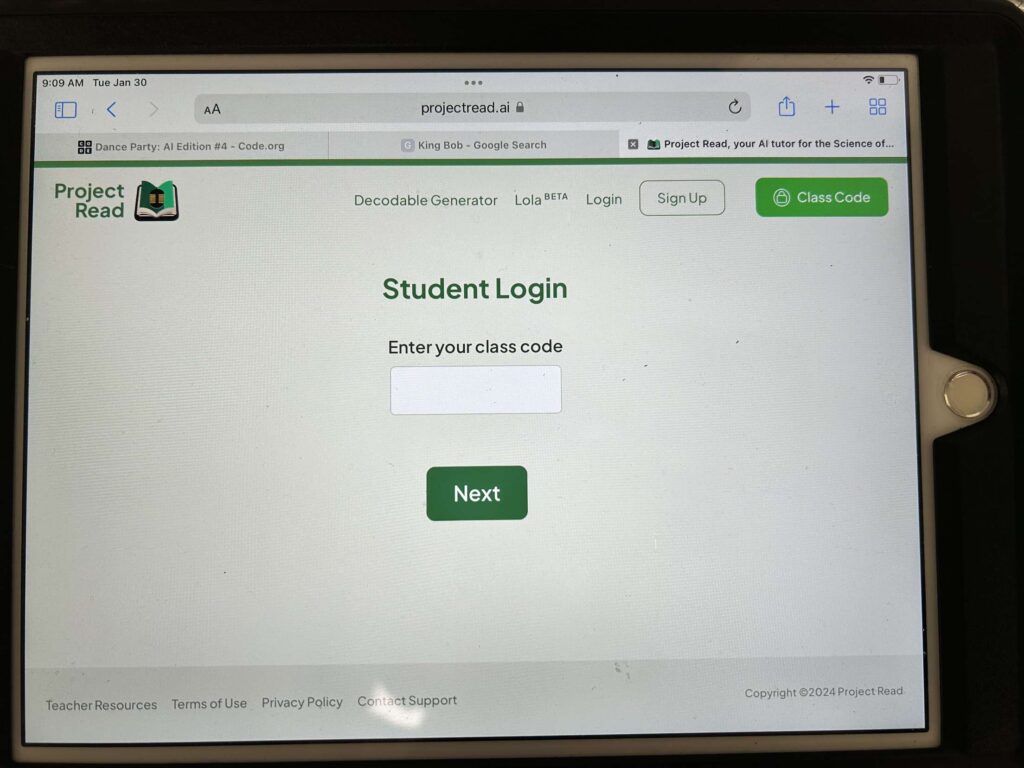
Reflection
This app uses really cool technology to hear the students in real time and give immediate feedback which i think is really valuable. Discussing with students and the teacher of the classroom we concluded that as awesome as this technology is it still has further improvements to be made. It sometimes miss hears the students and makes them repeat it several times, which annoys the students. It is a great tool to be used in short intervals as it is repetitive but valuable, especially considering that students can recieve one on one feedback without working with an adult.
The chair strike
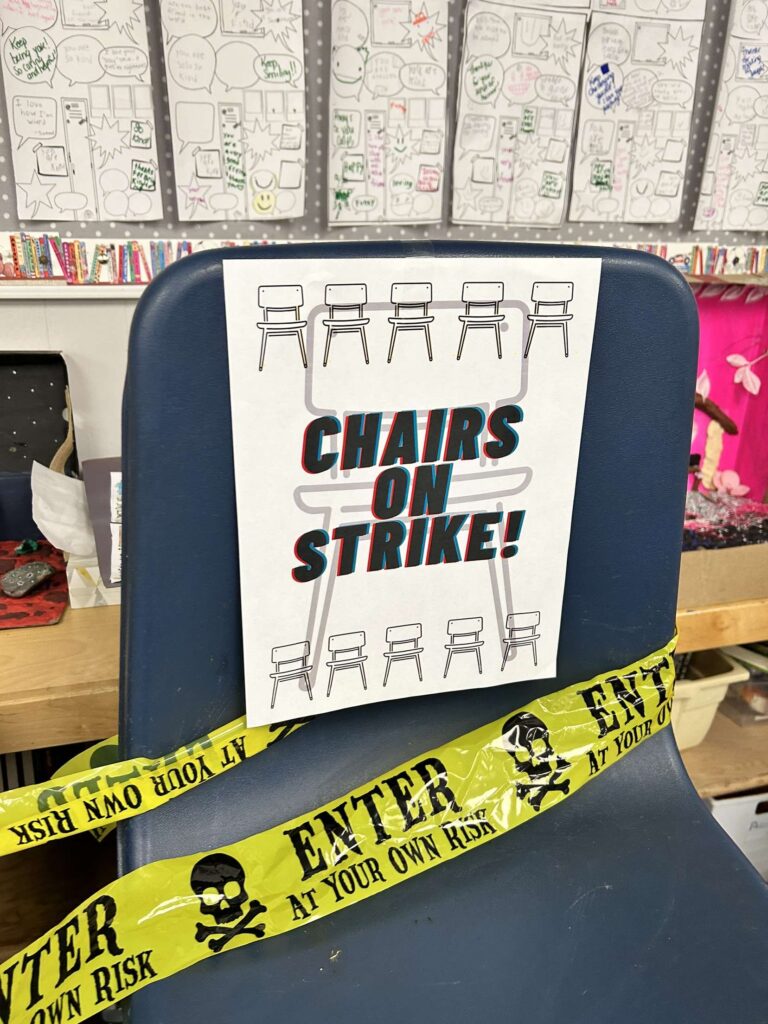
Activity description: the chair strike was a fun and engaging activity for the students to walk into in the morning. All the chairs were stacked in the corner and wrapped in caution tape. The chairs had a letter attached to them explaining there strike and why they chose to do it. The students first block of the day was PE, so the chairs being on strike did not disrupt their learning. When they returned the students had to write a persuasive paragraph on why they did or did not want their chair back. Some students argued that they needed their chair while others argued they would learn best without it.
Curriculum connections
Big idea: Using language in creative and playful ways helps
us understand how language works.
Curricular competency: Communicate in writing using paragraphs and applying conventions of Canadian spelling, grammar, and punctuation
Content: Literary devices: persuasive writing
Cross curricular connections: although it may not be cross-curricular, as it all falls under language arts, all of the kids read and wrote in this activity. Each of the students came in and read the note on the chairs out of curiosity without being asked.
Core competency: Communication
FPPL: Learning involves recognizing the consequences of one‘s actions.

Reflection
I loved this activity and so did the students! As soon as the students entered the classroom they were engaged in the note on the chairs. Each student came in and read the note, most without even realizing they were partaking in a literacy activity. I imagine when students go home this will be what they tell their family about tonight.










